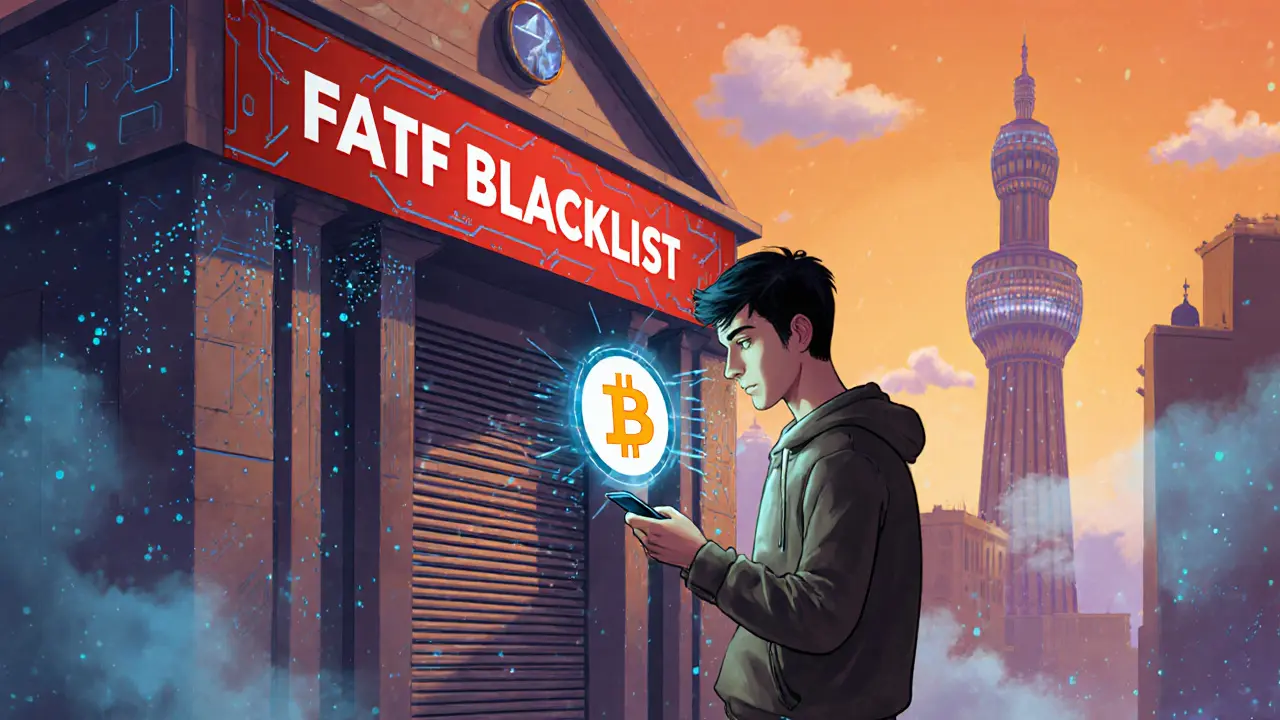Cryptocurrency Sanctions: How They Shape the Market
When dealing with cryptocurrency sanctions, government‑imposed restrictions that block certain crypto activities, assets, or participants. Also called crypto sanctions, they are a tool for national security and financial crime prevention. SEC crypto enforcement, U.S. regulator actions that fine and shut down illicit projects often works hand‑in‑hand with sanctions, while OFAC sanctions, U.S. Treasury measures targeting criminal actors and rogue nations define the legal line you don’t want to cross.
Sanctions don’t just sit on a law list—they directly affect how you move coins. For example, a P2P crypto restriction, a ban on peer‑to‑peer platforms that help people trade without a licensed exchange forces traders onto approved venues or risk illegal transfers. This shift changes liquidity, price spreads, and even the tools you need to stay compliant. If you’ve ever watched whale deposits spike after a new sanction hits, you know the market reacts fast.
Why sanctions matter for everyday traders
First, sanctions dictate which wallets you can use. A flagged address becomes a dead end; exchanges will freeze any funds linked to it. That means you must check wallet reputations before sending money—something compliance platforms now automate. Second, sanctions shape the choice of exchanges. Platforms that ignore rules get blacklisted, while those with strong KYC/AML processes stay open, attracting more users. Finally, sanctions influence token listings. Projects tied to sanctioned entities often lose market access, driving sudden price drops.
Understanding the regulatory landscape, the collection of laws, guidelines, and enforcement actions governing crypto helps you anticipate these changes. The SEC’s recent $4.68 billion fine spree, for instance, signaled tighter scrutiny on token offerings that dodge registration. Meanwhile, OFAC’s new list targeting darknet markets forced several DeFi protocols to block associated addresses, causing a liquidity crunch that rippled across the ecosystem.
Practical steps start with a solid compliance checklist. Verify that any exchange you use is licensed in your jurisdiction and has a clear policy on sanctions. Use blockchain analytics tools to scan incoming addresses for matches on sanction lists. Keep records of every transaction; auditors can request proof that you didn’t knowingly move restricted assets. When you see a new sanction notice, act fast—pause large moves, re‑route funds through compliant bridges, and inform your partners.
Some traders try to sidestep sanctions with offshore wallets or anonymous mixers. That route is risky: many jurisdictions consider deliberate evasion a criminal offense, and mixers are increasingly targeted by regulators. The recent crackdown on a major mixer in the EU led to asset freezes for thousands of users. Instead of chasing gray‑area workarounds, focus on jurisdictions with clear guidelines and exchanges that openly publish their compliance procedures.
Sanctions also create opportunities for savvy investors. When a token is delisted due to a sanction, its market may temporarily undervalue the underlying technology. If the project can clear its legal hurdles, early believers can reap big returns. However, this strategy demands deep research—track the legal case, monitor court filings, and stay aware of any settlement announcements.
Our tag collection covers these angles in depth. You’ll find a case study on how Jordanians kept trading crypto despite banking bans, a breakdown of Thailand’s 2025 P2P platform ban, and a detailed look at the SEC’s fine breakdown. Each article explains the sanction’s mechanics, the tools you need, and the real‑world impact on prices and user behavior.
Whether you’re a casual trader, a compliance officer, or a developer building a regulated product, the landscape of cryptocurrency sanctions is constantly evolving. The posts below give you the facts, the tools, and the step‑by‑step guidance to stay ahead of the curve and avoid costly mistakes.




